There have been three baronetcies created for descendants of the ancient Lancashire family of Gerard.
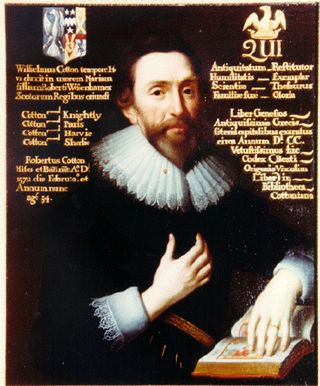
There have been three Baronetcies created for persons with the surname Cotton, all in the Baronetage of England. One creation is extant as of 2008.

There have been two baronetcies created for persons with the surname Aston, both in the Baronetage of England. Both creations are extinct.
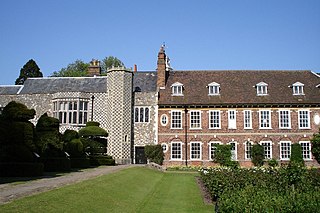
There have been two Baronetcies created for persons with the surname Austen, one in the Baronetage of England and one in the Baronetage of Great Britain. Both creations are extinct.
There have been three baronetcies created for members of the Stonhouse family, all in the Baronetage of England. Two of the creations are extant as of 2021.
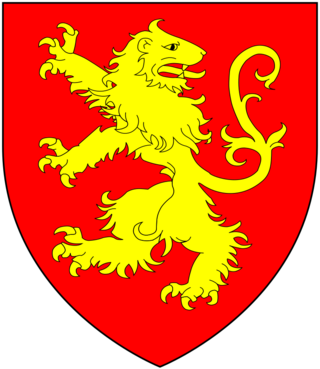
The Morice Baronetcy, of Werrington in the County of Devon, was a title in the Baronetage of England.

There have been three Baronetcies created for persons with the surname Seymour, two in the Baronetage of England and one in the Baronetage of the United Kingdom. One creation is extant as of 2008.
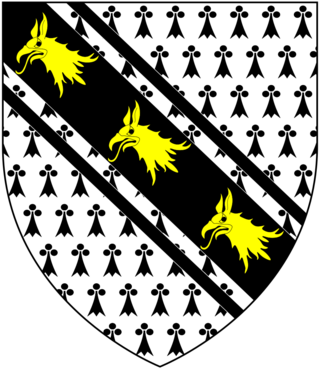
The Yonge Baronetcy, of Culliton in the County of Devon, was a title in the Baronetage of England. It was created on 26 September 1661 for the merchant and Member of Parliament, John Yonge. He was succeeded by his son Walter, the second Baronet. He was also a Member of Parliament. His son, the third Baronet, sat in the House of Commons for more than a quarter of a century. On his death the title passed to his son, the fourth Baronet. He was also a politician and served as Secretary at War. He is also remembered for his diaries. He was succeeded by his son, the fifth Baronet. Like his father he served as Secretary at War and was also Governor of the Cape Colony. The baronetcy became extinct on his death in 1812.
There have been two baronetcies created in the Baronetage of England for members of the Colepeper family of Kent and Sussex. Both are extinct.
The Wolstenholme Baronetcy, of London, was a title in the Baronetage of England. It was created on 10 January 1665 for John Wolstenholme, who had previously represented West Looe, Newport and Queenborough in Parliament. He had been heavily fined by the Parliamentarians for supporting the Royal cause during the Civil War. The third Baronet sat as Member of Parliament for Middlesex. The title became extinct on the death of the seventh Baronet in 1762.
There have been two baronetcies created for persons with the surname Briggs, one in the Baronetage of England and one in the Baronetage of the United Kingdom. Both creations are extinct.
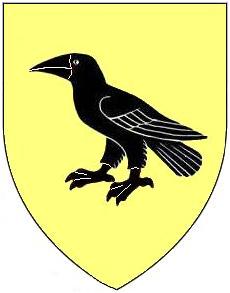
Sir Robert Corbet, 4th Baronet, of Stoke, Shropshire, was an English Whig politician who sat in the English and British House of Commons between 1705 and 1722, and was an official in the Royal Household.
Sir William Corbet, 5th Baronet (1702–1748), of Stoke, Shropshire was a British merchant and politician who sat in the House of Commons from 1728 to 1748.

The Palmer Baronetcy, of Carlton in the County of Northampton, was created in the Baronetage of England on 7 June 1660 for the lawyer and politician Geoffrey Palmer. The second Baronet was Member of Parliament for Higham Ferrers. The third, fourth and fifth Baronets all represented Leicestershire in the House of Commons. The fifth Baronet served as High Sheriff of Leicestershire in 1782 and the eighth Baronet as High Sheriff of Northamptonshire in 1871.
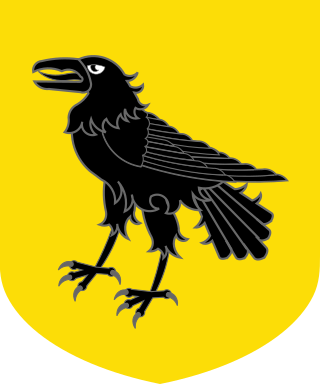
The Corbet baronetcy, of Moreton Corbet in the County of Shropshire, was created in the Baronetage of England on 29 January 1642 for the Royalist Vincent Corbet. Both he and the second Baronet sat as Members of Parliament for Shropshire.

The Corbet baronetcy, of Leighton in the County of Montgomery, was created in the Baronetage of England on 20 June 1642 for Edward Corbet. The 2nd and 4th Baronets both represented Shrewsbury in Parliament. The title is believed to have become extinct on the latter's death in 1774; but it was assumed by self-styled 5th and 6th Baronets, to 1808.

The Corbet baronetcy, of Stoke upon Tern in the County of Shropshire, was created in the Baronetage of Great Britain on 27 June 1786 for Corbet Corbet. Born Corbet D'Avenant, he was the son of Anne Corbet, daughter of the fourth Baronet of the 1627 creation. He was heir to his uncle the 6th Baronet of the 1627 creation and changed his surname to Corbet under the terms of his uncle's will upon inheritance. The title became extinct on his death in 1823.

The Mackenzie Baronetcy, of Tarbat in the County of Ross, was created in the Baronetage of Nova Scotia on 21 May 1628 for John Mackenzie. His son, the 2nd Baronet, was created Earl of Cromarty in 1703; he resigned the baronetcy in favour of his younger son Kenneth, who was created a baronet in the Baronetage of Nova Scotia on 29 April 1704, with remainder to his heirs male whatsoever and with the precedence of 1628. The 3rd Baronet was one of the Scottish representatives to the 1st Parliament of Great Britain and later represented Cromartyshire. The 4th Baronet was Member of Parliament for Cromartyshire. In 1744 he succeeded to the Mackenzie baronetcy of Roystoun on the death of his uncle Sir James Mackenzie, 1st Baronet, of Roystoun.

The Kaye baronetcy, of Woodesham in the County of York, was created in the Baronetage of England on 4 February 1642 for John Kaye of Woodsome Hall, Almondbury, Yorkshire. He was a colonel of the Horse in the service of King Charles I during the Civil War. His title was forfeit under the Parliamentarian rule, but was restored after the return of the monarchy in 1660.

The Owen baronetcy, of Orielton in the County of Pembroke, was created in the Baronetage of England on 11 August 1641 for Hugh Owen, Member of Parliament for Pembroke, Haverfordwest and Pembrokeshire.












